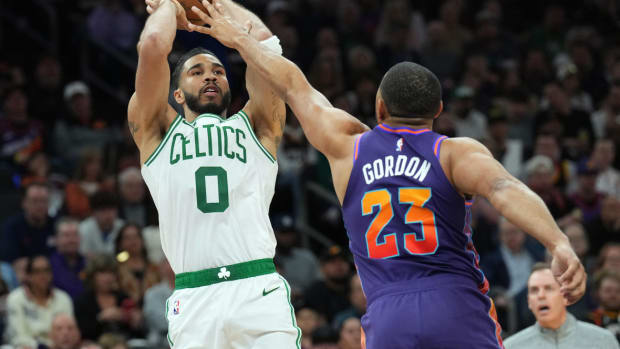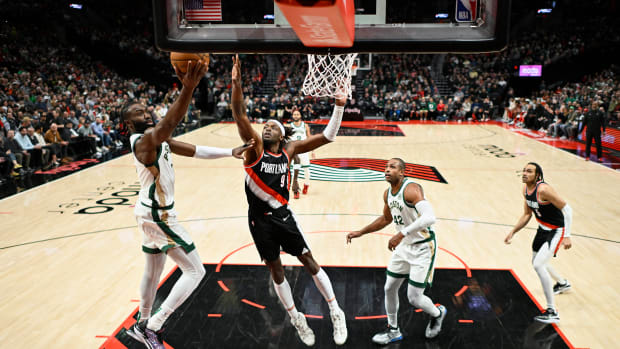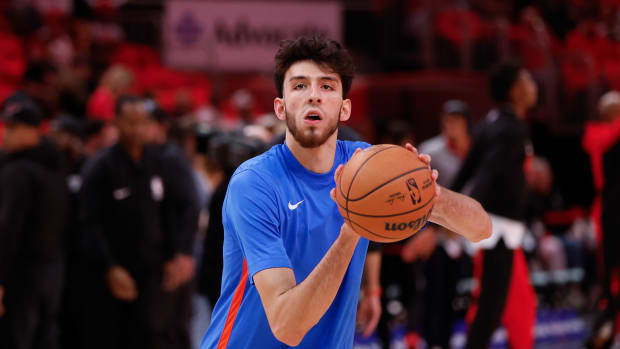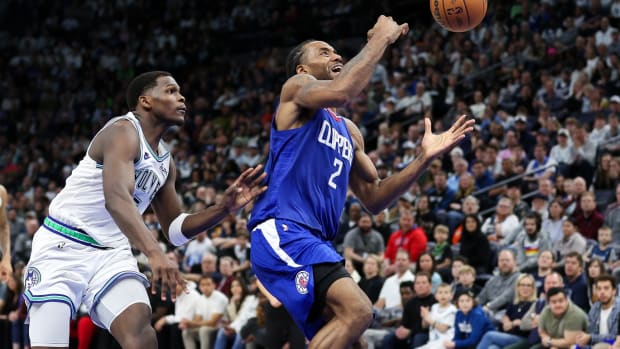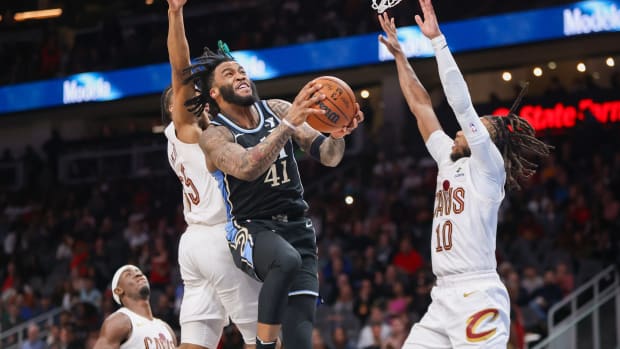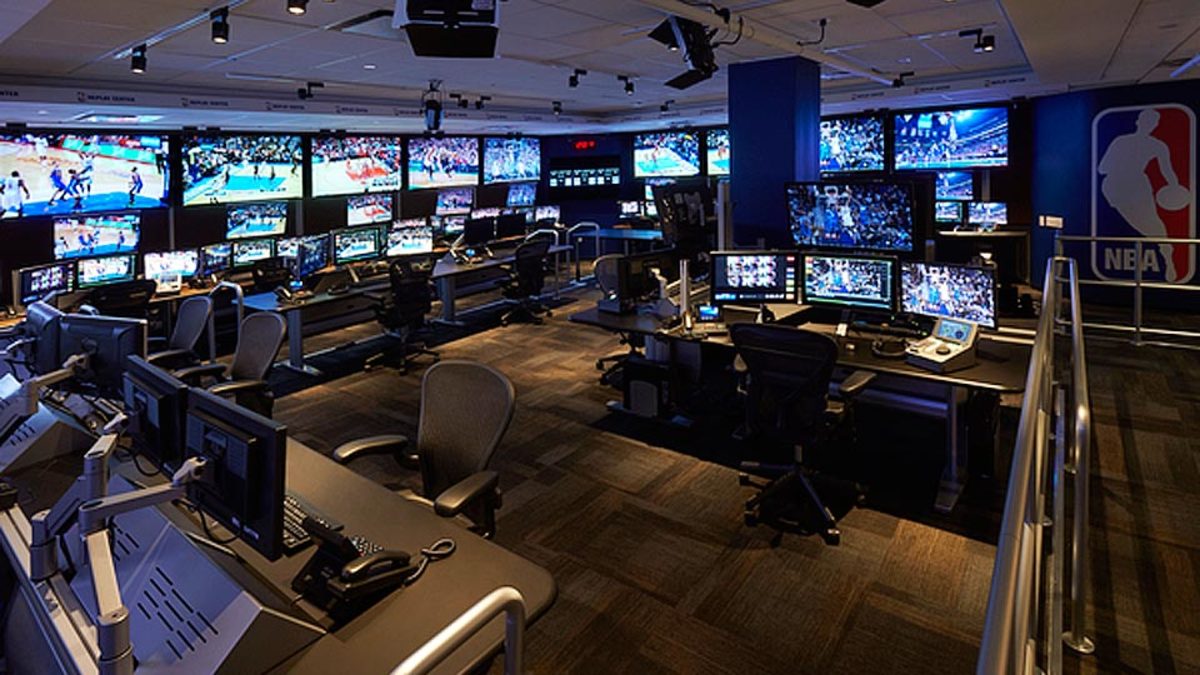
NBA's new replay system a smart call
SECAUCUS, N.J. -- Less than six months after one of the most high-profile coaches called for the NBA to scrap its replay system, the league unveiled a sparking upgrade. Even Doc Rivers would have to agree: The new replay command center is pretty cool. That holds true both from an aesthetic standpoint and a practical one.
The old system was clunky and inconvenient. After signaling to initiate a replay, officials would walk over to a small monitor at the scorer’s table and ask broadcast producers to provide angles of the play. During this exchange, the fans at the arena -- as well as those watching at home -- were often seeing the relevant footage played back multiple times. By the time officials saw enough evidence to render a verdict, observers may have felt they already knew what the outcome would be.
Collective sentiment was something like: Just. Make. The. Call.
The new system -- which launches for the 13th season of instant replay -- aims to hasten that process by providing a more efficient line of communication. When a play in any game calls for a video review via one of 15 “triggers,” a replay operator at the command center will notify a replay manager, who will prepare multiple angles and send them to the arena. If the referees feel they need a different shot, they can request it from the hub, located here at NBA Entertainment headquarters. Further, if the officials believe the angles provided to them are not conclusive, the replay center can ask the television truck for additional looks.
The crew chief of the three-person officiating team ultimately gives the ruling, as was the case under the old system. Explanations of every reviewed call, complete with the best video angle, will be available online.
“It’s a great tool because we get right to it,” NBA referee James Capers said. “And the thing that would hurt us before is that, when we were dealing with the [TV] producer, they may be doing an interview or something else. I couldn’t tell if they were talking to me, talking to someone else, and it took too much time to try to get to the replay. Now, we’re right on it.”
One of the biggest changes? Officials will be communicating with people who understand them. “We speak the same language. We know what they want,” said Joe Borgia, senior vice president of replay and referee operations. The new system should reduce the time referees spend not reviewing the play, because the operating crew can begin collating multiple angles as soon as the replay signal is given. NBA president of basketball operations Rod Thorn told the Associated Press that replay times averaged about 49 seconds during preseason testing compared with an estimated 90 seconds last season.
The command center looks like something you might see on Star Trek circa 2020. With 94 monitors (32 of which are touch screen), 20 replay stations and the capability to process 300 gigabits of information per second, the center is a fan's ideal hangout spot. Game footage can be zoomed, slowed down and viewed from several angles on the same screen. Slow-motion replay is an incredible tool; breaking down a play from three or four vantage points simultaneously is a completely different viewing experience.
Future tweaks are inevitable. There could come a time, for example, when officials cede power in making calls to Borgia or someone else from the command center. That could make the process even more compact by cutting out the lag time between the initiation of a review and the resumption of play. For now, though, the replay center’s role is to enhance an official’s capacity to make the correct call, not to actually make the call.
“We are strictly here to show them what they need to see,” Borgia said.































